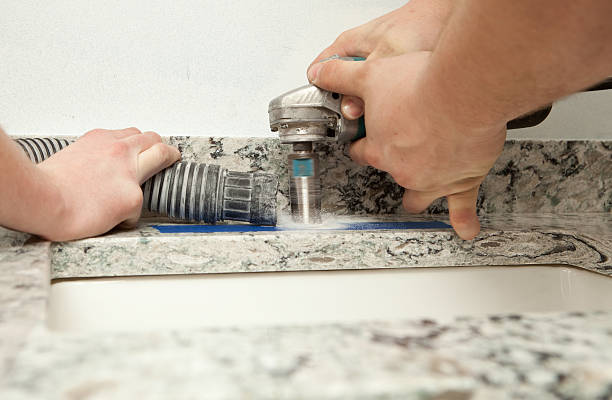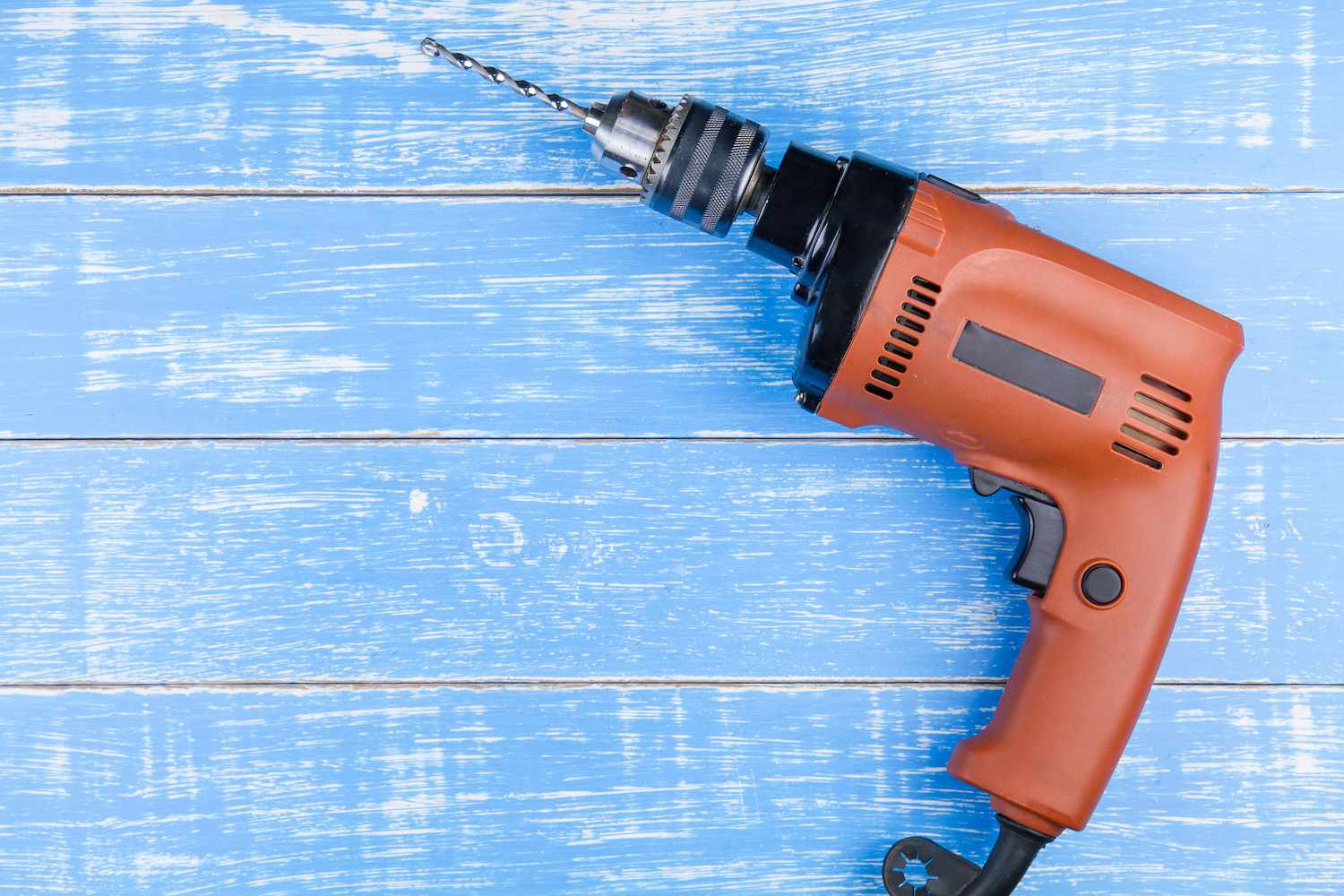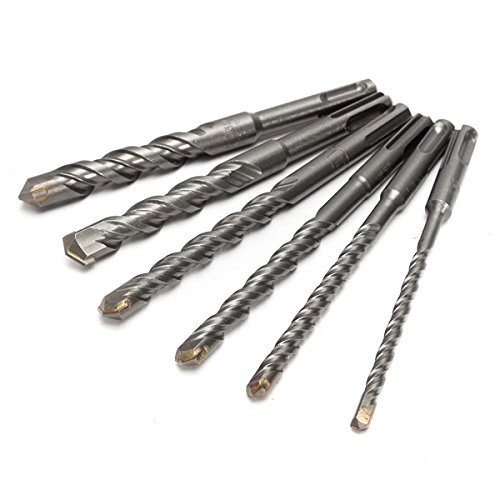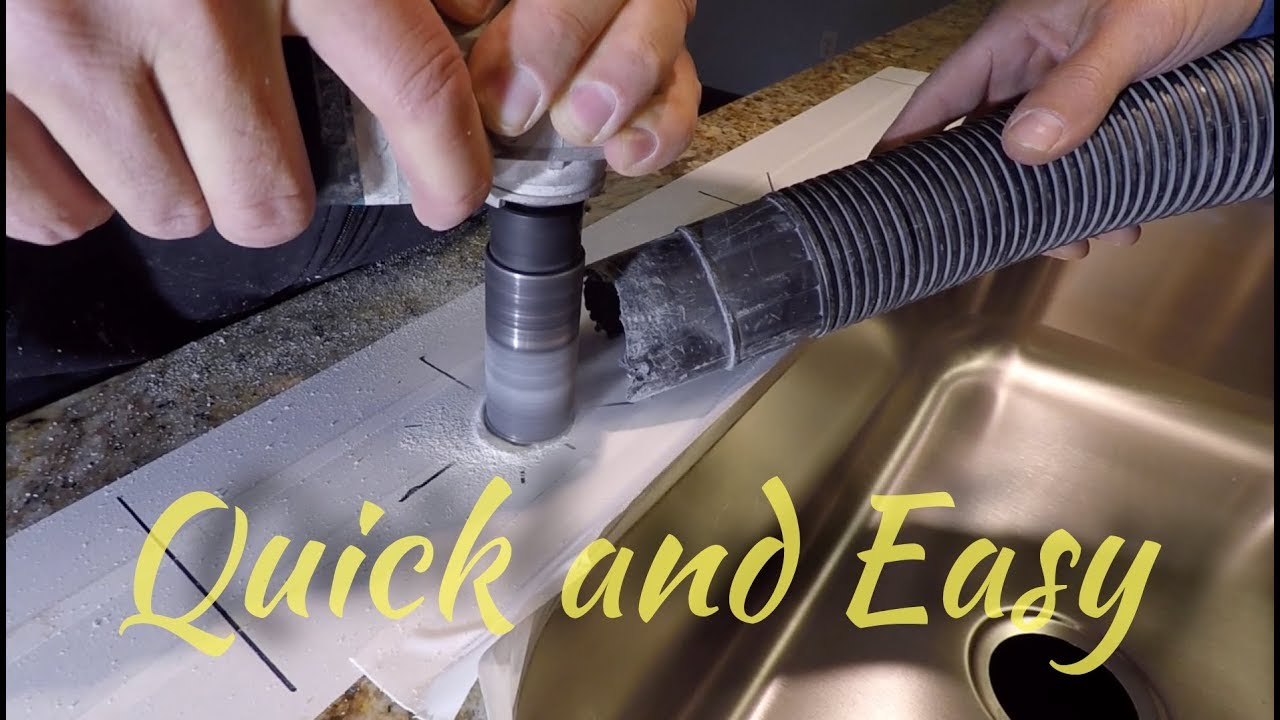Have you ever needed to drill clean holes into granite but struggled with the right techniques and tools? Drilling holes into dense granite can seem daunting, but it’s easier than you think with the proper bits and some helpful tips.
In this comprehensive guide, we’ll walk through everything you need to know to successfully cut holes into granite using drill bits. You’ll learn how to select the right drill and bits, proper drilling techniques, how to achieve clean and precise holes, as well as mistakes to avoid.
So if you’ve been putting off that granite project, read on to get equipped with pro-level skills to drill perfect holes. Let’s get started!

Equipment Needed
Drilling clean holes into dense granite requires having the right power tools and drill bits. Here’s a checklist of what you’ll need:
Power Drill
Choose a high-torque drill with at least 9 amps of power. Look for variable speed triggers for maximum control. Corded drills provide continuous power compared to cordless.

Diamond Granite Drill Bits
Diamond core bits are a must for granite’s extreme hardness. Carbide bits will wear out fast and crack the stone.
Water Source
Water prevents overheating and flushes away granite debris. A spray bottle works for small jobs.
Safety Gear
Wear eye protection, dust mask, ear plugs, gloves, closed-toe shoes and turn off power before changing bits.
Selecting the Correct Drill Bit
With the prerequisite equipment covered, now let’s explore the various drill bit types and their best uses for granite projects:
Diamond Hole Saw Drill Bits
If you need to cut large diameter holes greater than 1/2″, diamond hole saw bits are the go-to choice. Their hollow core design surrounded by industrial diamonds slices cleanly through granite. They excel at making openings for electrical boxes, plumbing, sinks or other penetrations.
Tungsten Carbide Tipped Drill Bits
For drilling smaller shallow holes under 1/2″ diameter, tungsten carbide tipped masonry drill bits perform well. Their durable carbide tip holds up to granite’s extreme hardness. While not as long-lasting as diamond, they’re a cost-effective option for quick jobs.

Step Drill Bits
As the name describes, these have varying step diameters allowing you to bore different sized holes with a single bit. They work efficiently to make openings with dimensional variety.
Now that you know which drill bits work best based on the hole size and depth, let’s go over the proper techniques.
Proper Drilling Techniques
Drilling into granite takes patience and the right approach. Here are professional methods to ensure drilling success:
Start with Pilot Hole
Reduce bit stress and wandering by starting with a small pilot hole to mark your center point. Peck drill small depth increments around 1/4″ to 1/2″ until reaching total depth.
Apply Steady Pressure
Let the drill do the work by gently leaning your body weight into it. Excess pressure risks bit breakage or damage to the stone. Ease up if the drill bogs down.
Use Lubricant
Squirt water or a specialized granite drilling lubricant continuously over the bit to minimize heat and friction. Automated feed systems are best for constant flow.
Drill Perpendicular
Holding the drill perfectly straight up and down prevents messy angled holes. Clamp down the stone if needed to prevent shifting.
Back Out Periodically
Frequently lift the bit out to clear dust that can bind. Continue to lubricate the opening to flush away particles.
Drilling Tips for Clean Holes
Taking measures to extract debris produces neat holes:
- Place tape over hole location to prevent granite chips from embedding
- Attach shop vacuum nozzle near the drill point
- Drill through scrap wood jig to contain splatter
- Plunge a depth only slightly wider than the bit to prevent overcutting
Following these best practices will help you achieve beautiful holes and prevent damage.
Common Mistakes When Drilling Granite
It’s easy to mess up granite drilling if you don’t know what you’re doing. Be mindful to avoid these all too common mistakes:
Failure to Use Water
Letting the bit overheat will dull diamonds and risk cracking the stone. Always lubricate!
Aggressive Pressure
Easing up on pressure allows the tool to work while too much force can damage bits. Let the diamonds do their job.
Side Pressure
Even subtle torque or angled pressure will cause the bit to veer off course. Keep body position straight.
Wrong Drill Bit
It may be tempting to use a regular twist bit to save money but don’t do it! Masonry bits are mandatory.
Be vigilant to prevent these errors and your granite holes will turn out perfectly.
Frequently Asked Questions (FAQ’s)
Still have some lingering questions? Here are answers to some commonly asked questions:
What speed should I run the drill?
Between 450-900 RPM is ideal. Start slower for larger bits and adjust accordingly. Don’t exceed 1200 RPM.
How much pressure should I apply?
10-20 lbs of pressure is sufficient. Support body weight using handles instead of pushing hard.
What size pilot hole is needed?
For a 1″ final hole, a 1/4″ pilot works well. Use half the diameter of final size for standard guide.
How do I polish rough edges?
Use silicon carbide sandpaper to smooth out an jagged areas around the cut. Finish with a buffing wheel.
What causes chipping?
Dull bits, angled drilling and lack of lubricant are likely culprits should chipping occur.
How can I get a super clean hole?
Using a jig, tape, shop vac nozzle or submerging underwater while drilling give best results.
Conclusion
We’ve covered all the techniques and tips needed to successfully create holes in granite with a drill. The key takeaways include:
- Select diamond core bits for durability
- Constant lubrication is mandatory
- Start with a centered pilot hole
- Drill straight up and down without side pressure
- Periodically back bit out to clear debris
- Avoid common mistakes like overheating and wrong bits
Equipped with this knowledge, you can now confidently drill perfect openings for electrical boxes, plumbing penetrations, countertop sinks and more hole needs in granite. Just remember to have patience, let the tool do the work and implement the proper methods outlined above.
With a little care, your granite hole drilling will turn out neat and professional every time! So tackle that next granite project with these pro tips.
